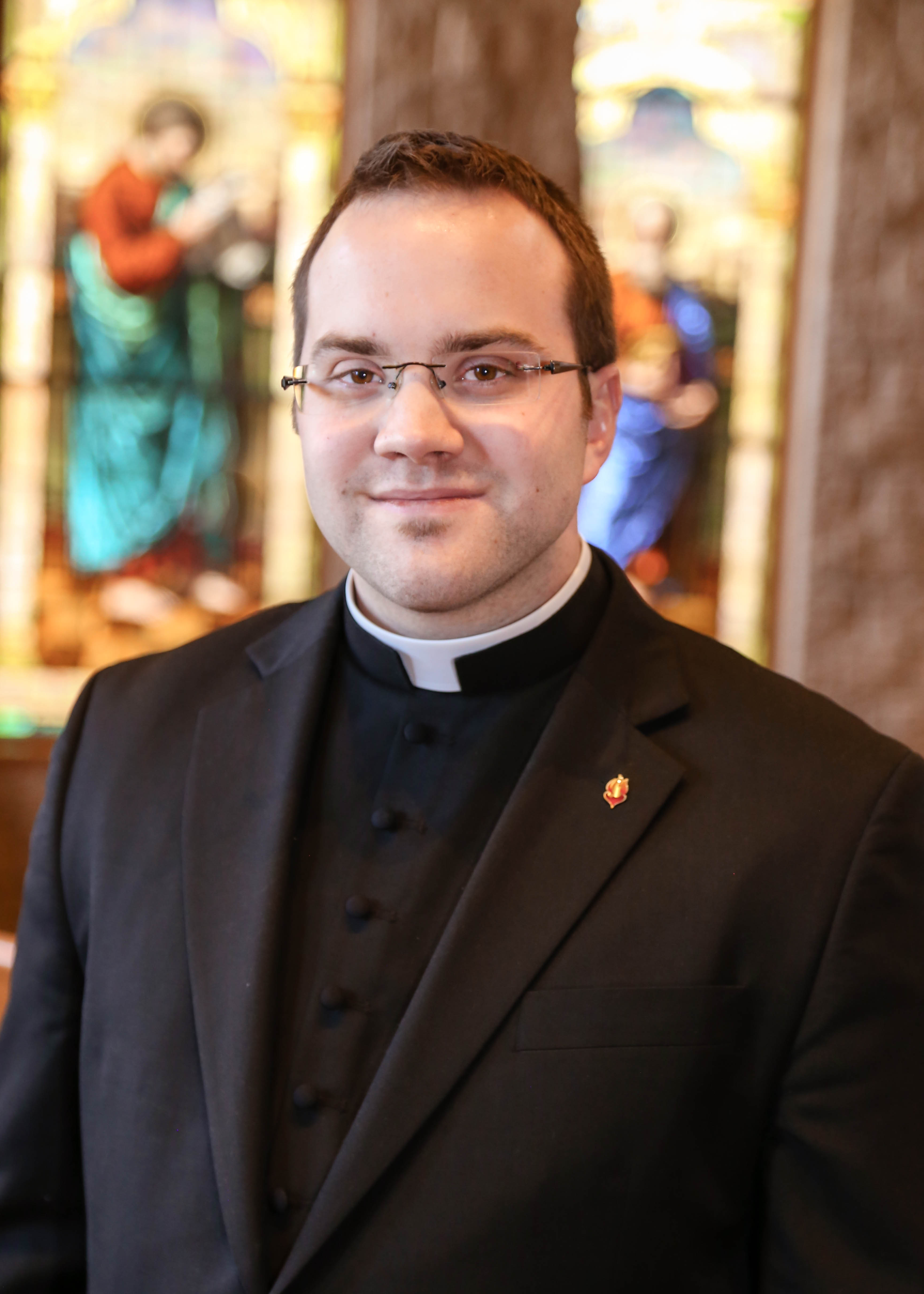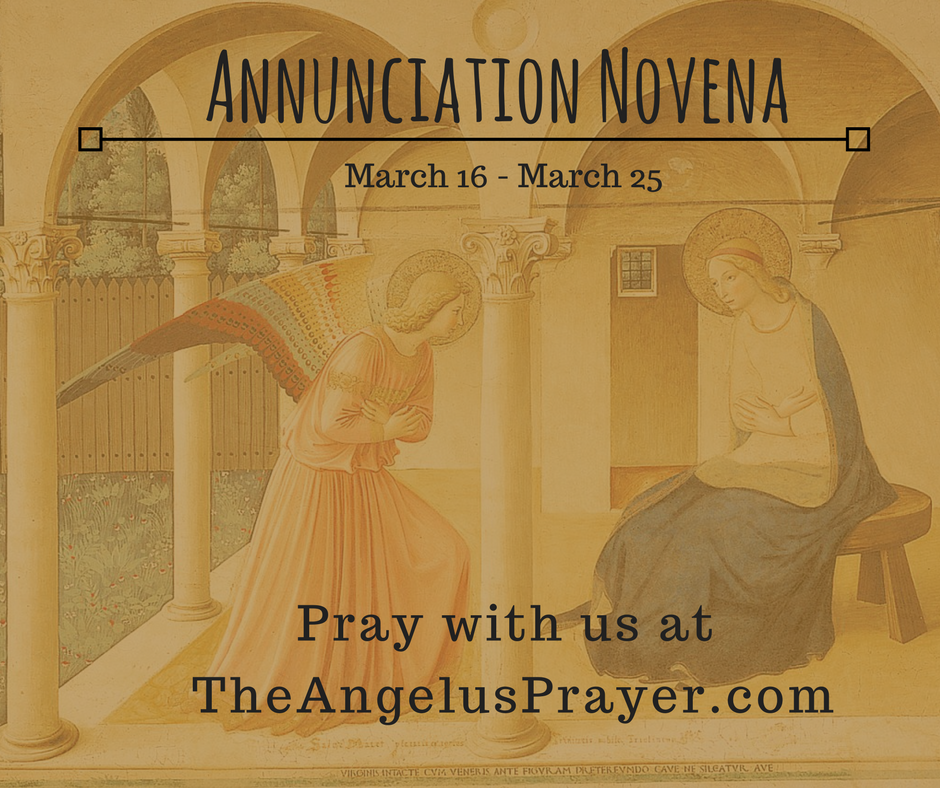
 Sr. Anne Flanagan, FSP is a Catholic sister (nun) of the Daughters of St. Paul, an international community founded in 1915 for evangelization in the world of communication. She is a singer, writer, and speaker for Pauline Books & Media (US). She is currently working on various digital projects for her community and its publishing ministry.
Sr. Anne Flanagan, FSP is a Catholic sister (nun) of the Daughters of St. Paul, an international community founded in 1915 for evangelization in the world of communication. She is a singer, writer, and speaker for Pauline Books & Media (US). She is currently working on various digital projects for her community and its publishing ministry.
If you had asked me about the Angelus before I entered the convent, I might have known it was a prayer somehow related to the ringing of bells. I also knew of the famous painting of workers in the fields pausing to pray. That was about it.
But in the convent, the Angelus punctuated our day. We prayed it at the start of Morning Prayer, and hours later, when the lunch bell rang and the presses and bindery machines fell silent, we prayed the Angelus at our workstations in the publishing house before heading to the refectory. Night Prayer was late, but still began with the Angelus.
The Angelus taught me that the Incarnation is the central mystery of our Faith: a moment in history that rightfully stops us in our tracks and invites us to “ponder in our heart” what God has done for us. The Angelus teaches me that every circumstance in life, whatever God wills or permits, is a “word” to which the fitting answer is “be it done to me,” knowing that “God makes all things work together for good” (even when that “good” is hidden from me).
That is part of the reason I began The Angelus Project (calltoprayer.blogspot.com), a service that posts an Annunciation scene every week to foster the praying of the Angelus. (During Eastertide, the image is a Coronation.)
The Angelus is a simple practice, but one that can help renew the faith of millions as they remember, three times a day: “God so loved the world that he gave his only Son . . . that we might have life” (John 3:16).
And all we have to say is “Be it done to me.”










